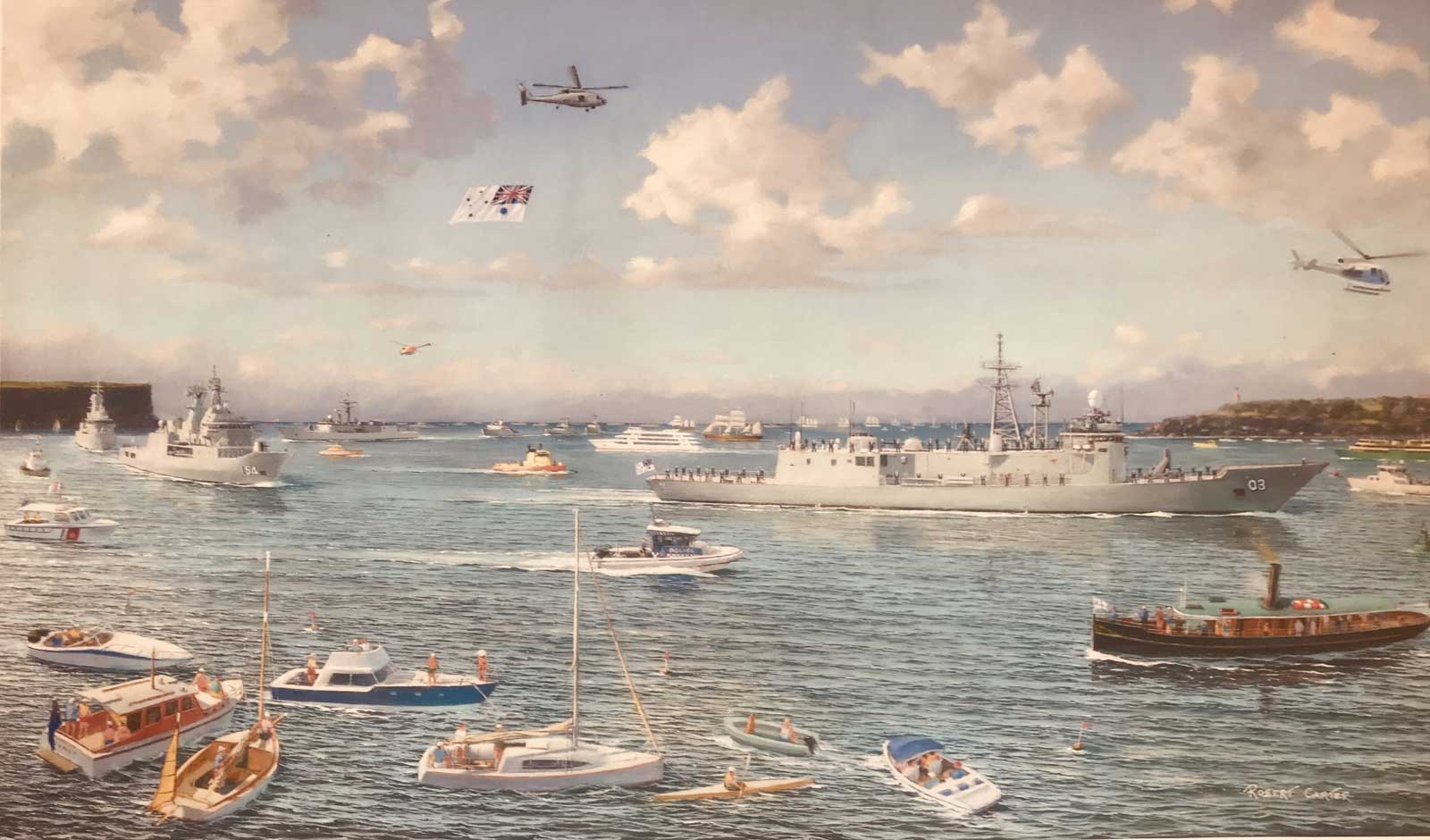Second Convoy that left Albany, Western Australia on the 31st December 1914
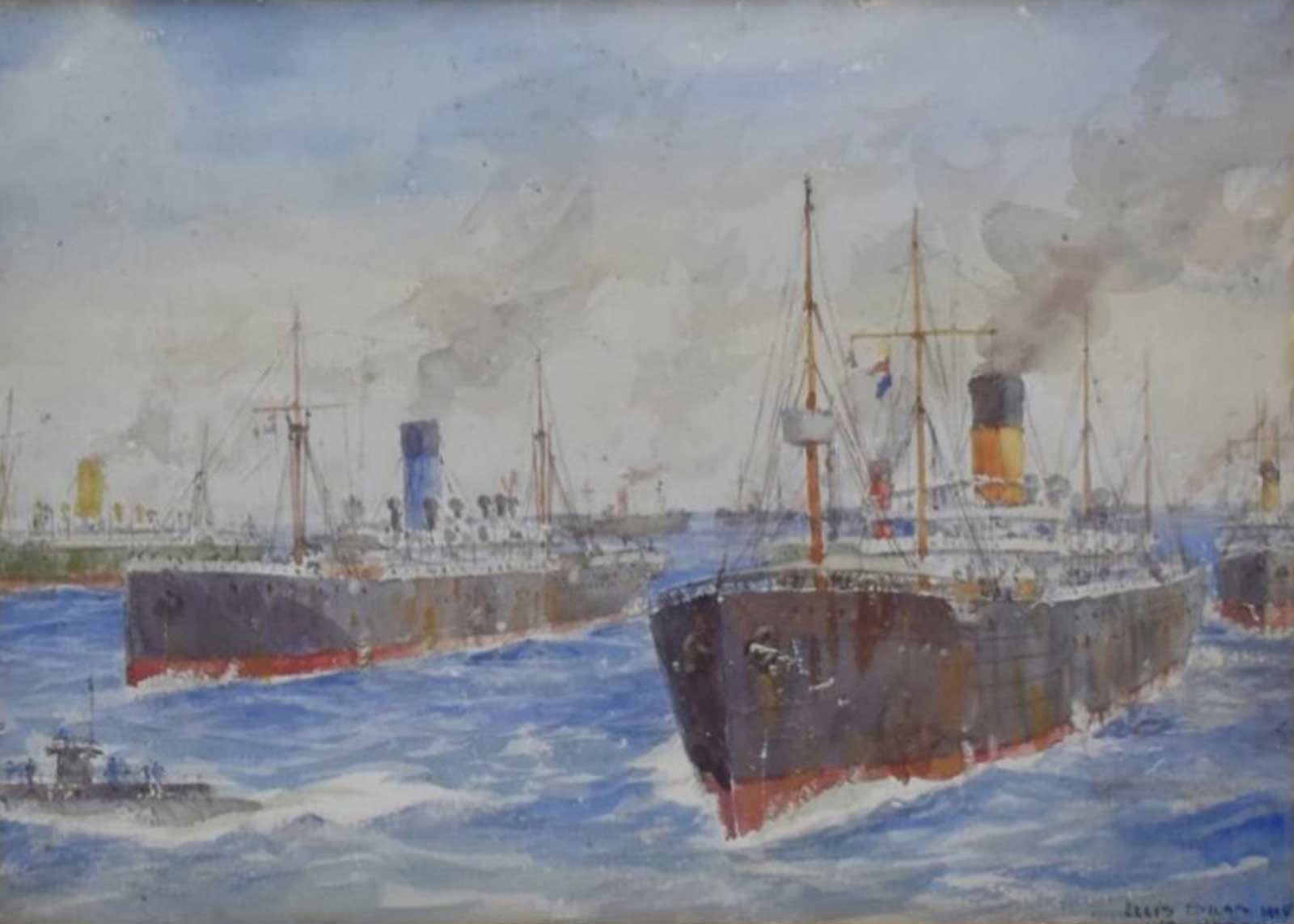
This watercolour painting depicts the ships and HMAS AE2 submarine at anchor of the Second Convoy that departed Albany, Western Australia on 31st December 1914. The convoy transported Australian Imperial Force (AIF) and New Zealand Expeditionary Force (NZEF) troops to the First World War. The artist Ellis Silas was a member of the 16th Battalion and onboard one of the ships part of the convoy where he captured the moment in this artwork. This artwork depicts his experience as being part of the Second Convoy and presenting Silas’s first interest in marine art.
In the bottom right hand corner it is signed ‘Ellis Silas 1915 16th Bn 4’ Inf Bdge’. On the reverse ‘The Australian Transport Fleet in the Indian Ocean, January 1915. European War 1914. Watercolour painted by signaller Ellis Silas, 16th Battalion 4th Brigade’. Also has framing instructions ‘3″ brown mount all round. 1/2″ S. Walnut old pattern, stained dark.’
For more information about the ships in the convoys transporting the AIF visit:
Sea Transport of the AIF by Australian National Maritime Museum – Issuu
- About Ellis Silas
Ellis Silas was born in London, Middlesex England. His father was an artist and designer and his mother an opera singer. He was educated by private tutors before working in his father's studio, where he studied under the well-known artist Walter Sickert. Marine art became his main interest and he painted in English coastal towns.
In 1907, Ellis sailed to Australia where he spent time painting in Sydney, Melbourne and Adelaide before he settled in Perth.
When war was declared in 1914 Silas joined the Australian Imperial Force and continued sketching and painting whenever he was able. He had served in the Royal Naval Volunteer Reserve (RNVR) for 3 years and had a strong sense of patriotism.
On the evening of 25 April 1915 his unit landed at Gallipoli. Ellis served with distinction and recorded his experiences in a detailed diary and sketchbook which was published in 1916 under the title Crusading at Anzac. Silas was one of only three artists to record Australian participation at Gallipoli from first-hand experience and the only one of these to paint battle scenes.
He returned to Australia in 1921 and lived in Sydney, working as a commercial artist and contributing articles and cartoons to the Bulletin.
In 1922 he travelled to the Trobriand Islands to paint. In 1926 he published his work under the title A Primitive Arcadia.
In 1925 Ellis returned to England and continued to work as a marine artist. Ellis also illustrated books, designed posters and was commissioned by shipping companies to execute works to hang in their ocean liners.
Ellis executed a series of paintings depicting his wartime experiences. The Australian War Memorial holds over 60 sketches, drawings and watercolours by Ellis.
- About Ships and aircraft in company
In this section a wide variety of artworks with more than one ship, submarine or aircraft are featured. When two or more naval vessels are operating together they are said to be ‘in company’.
The diverse nature of activities, exercises and deployments undertaken by ships, submarines and aircraft of the Royal Australian Navy means that a ship may spend long periods conducting single ship operations or periodically join with large numbers of other ships for such events as a naval review or fleet entry to a port. These latter events are generally scheduled to commemorate a particular event. During such events a prominent or royal figure will review the fleet as part of the ceremony. Throughout its history ships of the RAN have participated in major fleet entries and reviews both in Australian waters and overseas.
Details of Ships in the First Fleet
Name Class Commission Dates HMAS Australia Indefatigable Class 21 Jun 1913 – 12 Dec 1921 HMAS Melbourne Town Class Light Cruiser 18 Jan 1913 – 23 Apr 1928 HMAS Sydney Town Class Light Cruiser 26 Jun 1913 – 8 May 1928 HMAS Encounter Challenger Class Light Cruiser 1 Jul 1912 – 1 Jan 1923 HMAS Warrego River Class 1 Jun 1912 – 22 Jul 1919 HMAS Parramatta River Class 10 Sep 1910 – 22 Jul 1919 HMAS Yarra River Class 10 Sep 1910 – 30 Sep 1929
More reading
- Additional resources for Ellis Silas
- Additional resources for Ships and aircraft in company
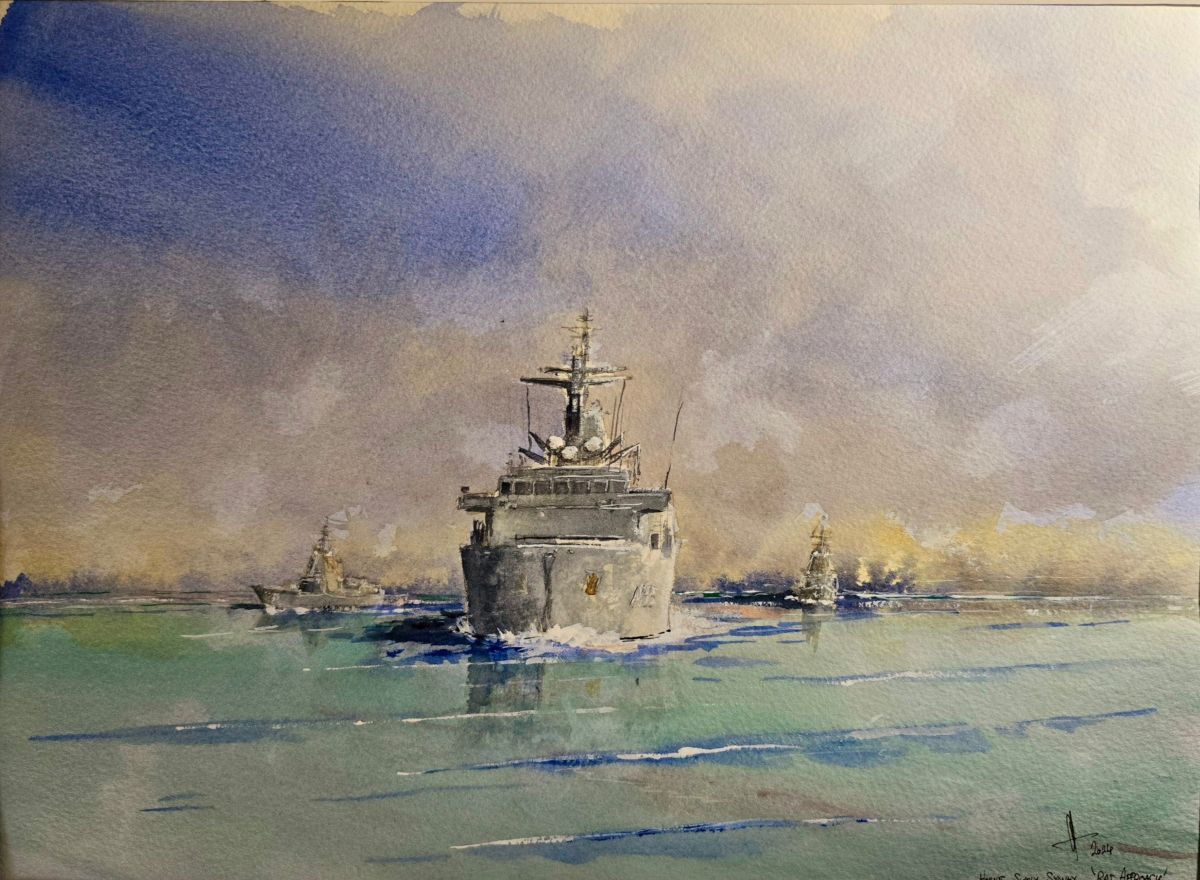
Replenishment at Sea (RAS) Approach, HMAS Supply, Hobart and Sydney
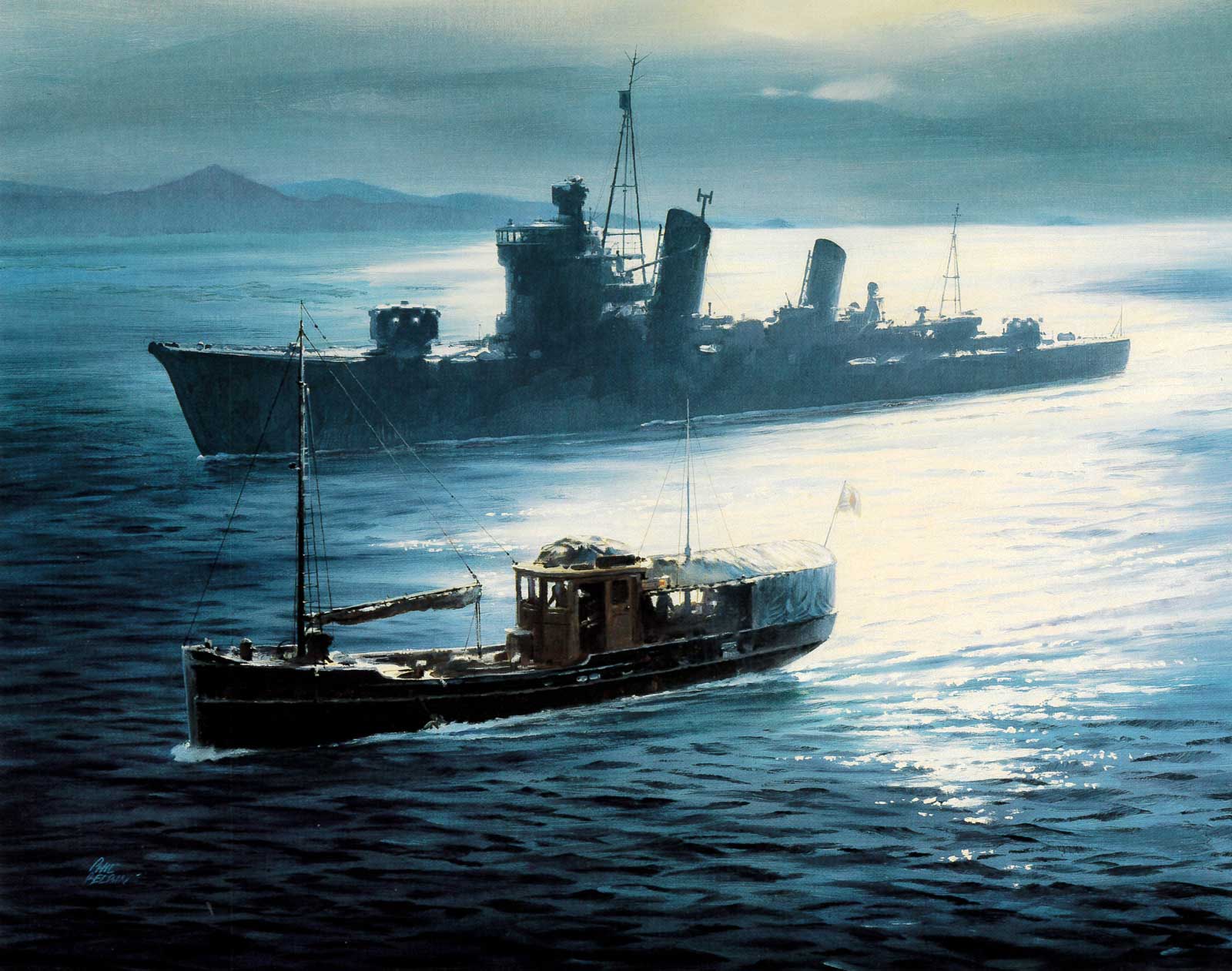
MV KRAIT and Japanese Destroyer in 1943

Troop Convoy and Escort and Hudson Bomber

N Class Destroyers off Libya

Sydney Harbour looking east to Garden Island from Dawes Point
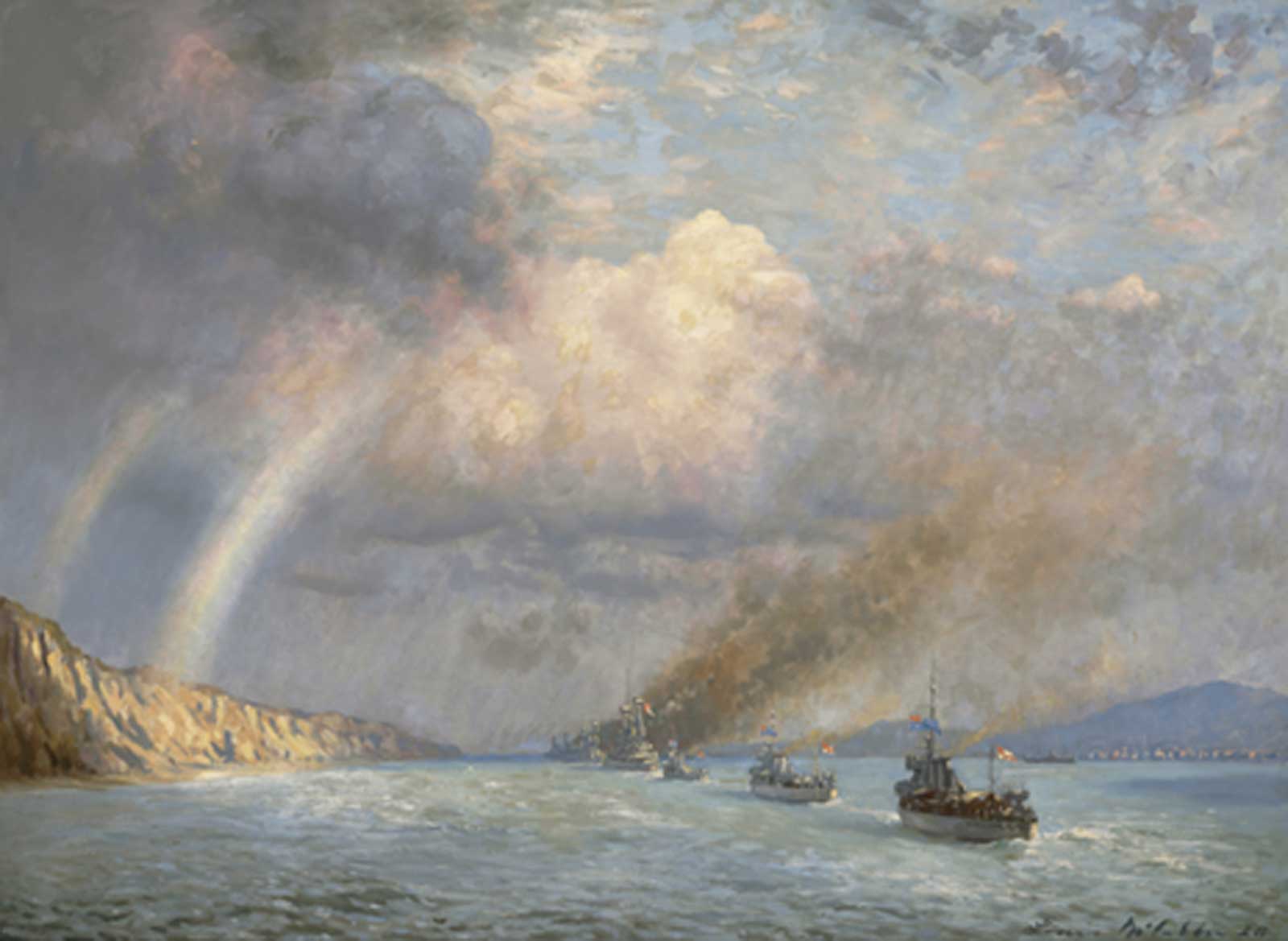
RAN tribute to Anzac dead Dardanelles 12th November 1918
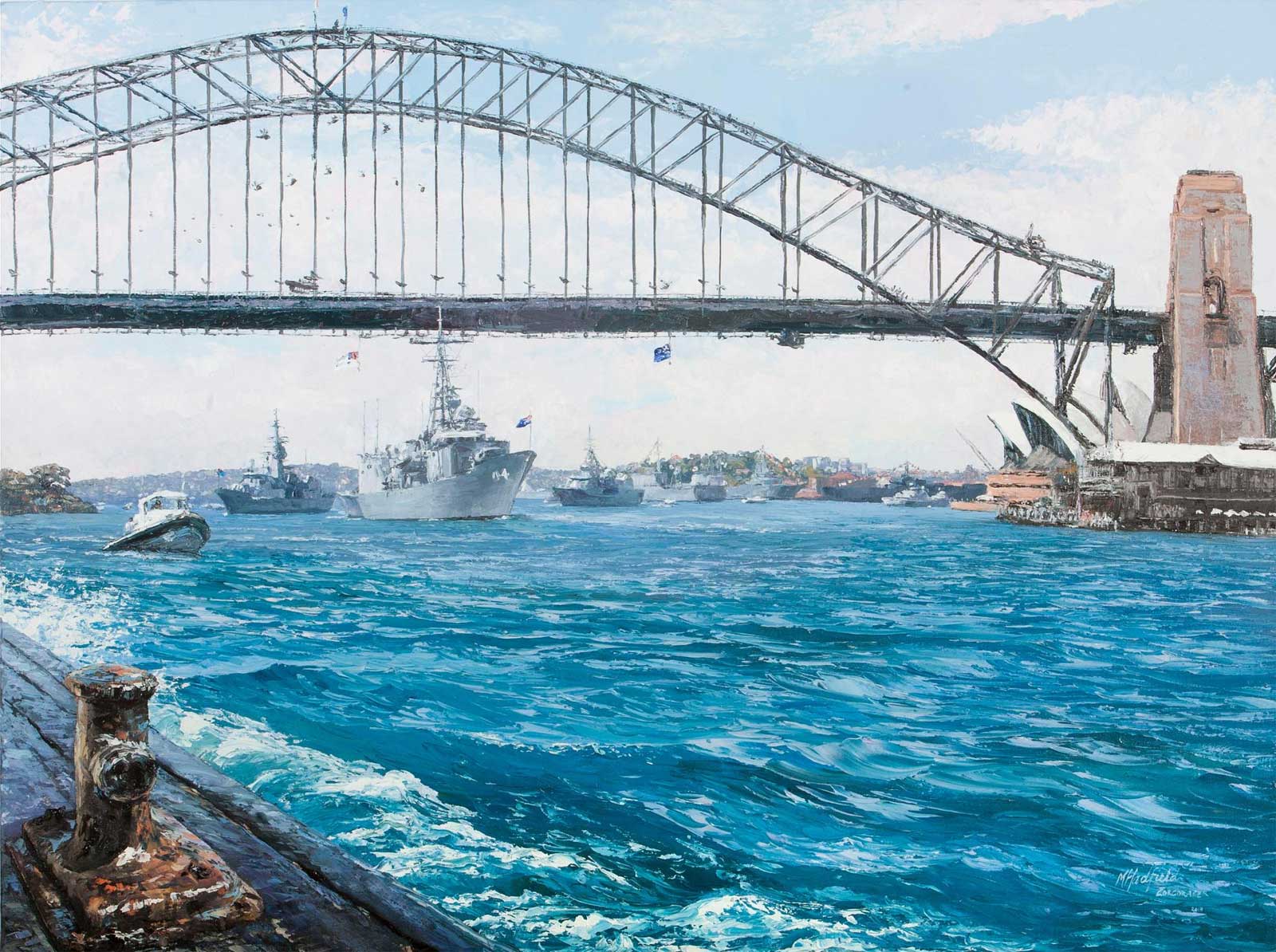
Proud Entry

HMAS Arunta HMAS Westralia with US Navy Light Cruser
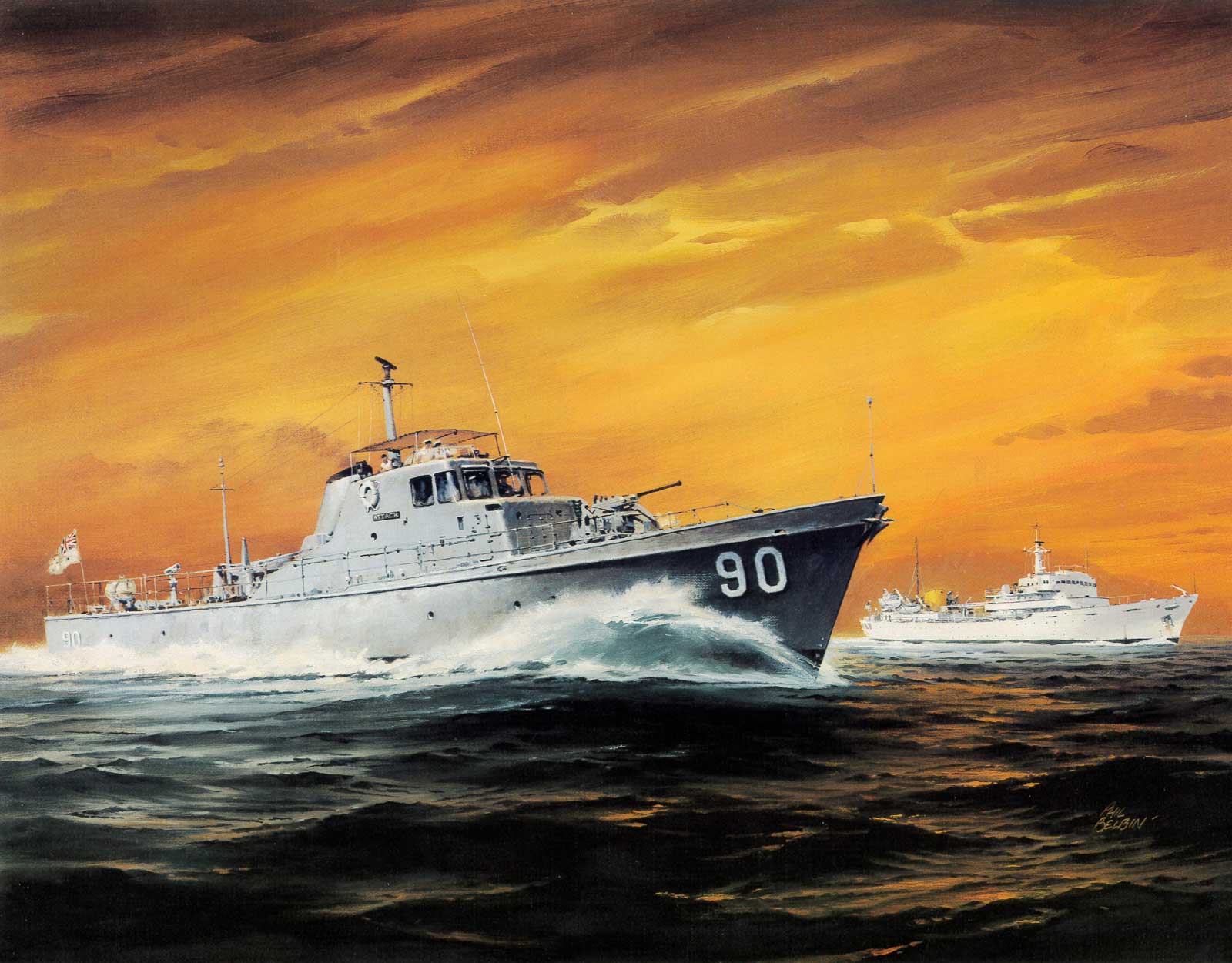
HMA Ships MORESBY and ATTACK post 1967

HMA ships LABUAN and FREMANTLE with OBERON submarine
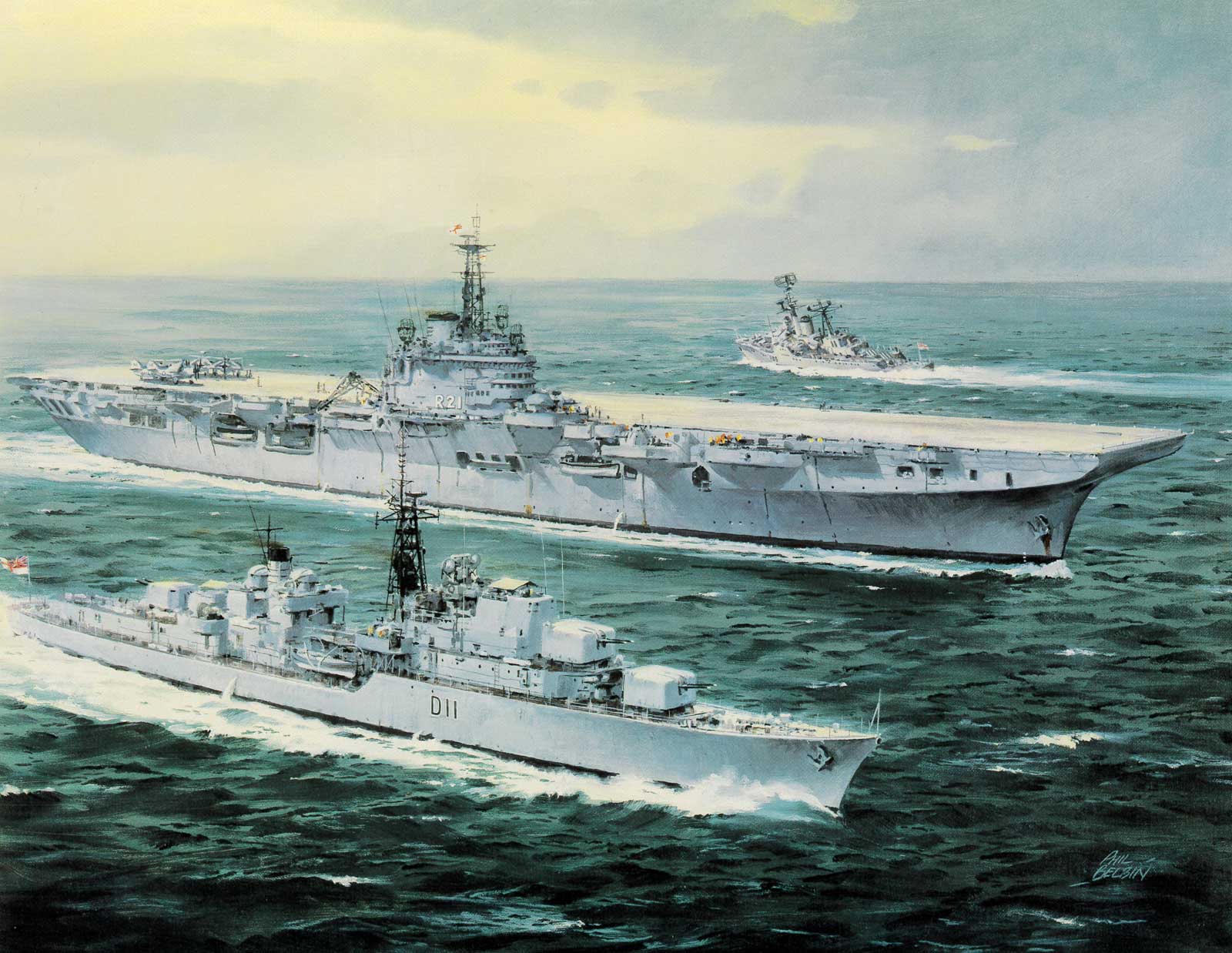
HMAS VAMPIRE, MELBOURNE and PARRAMATTA

Howzat Good Catch Sea Fury RAN

HMAT Barambah 1919
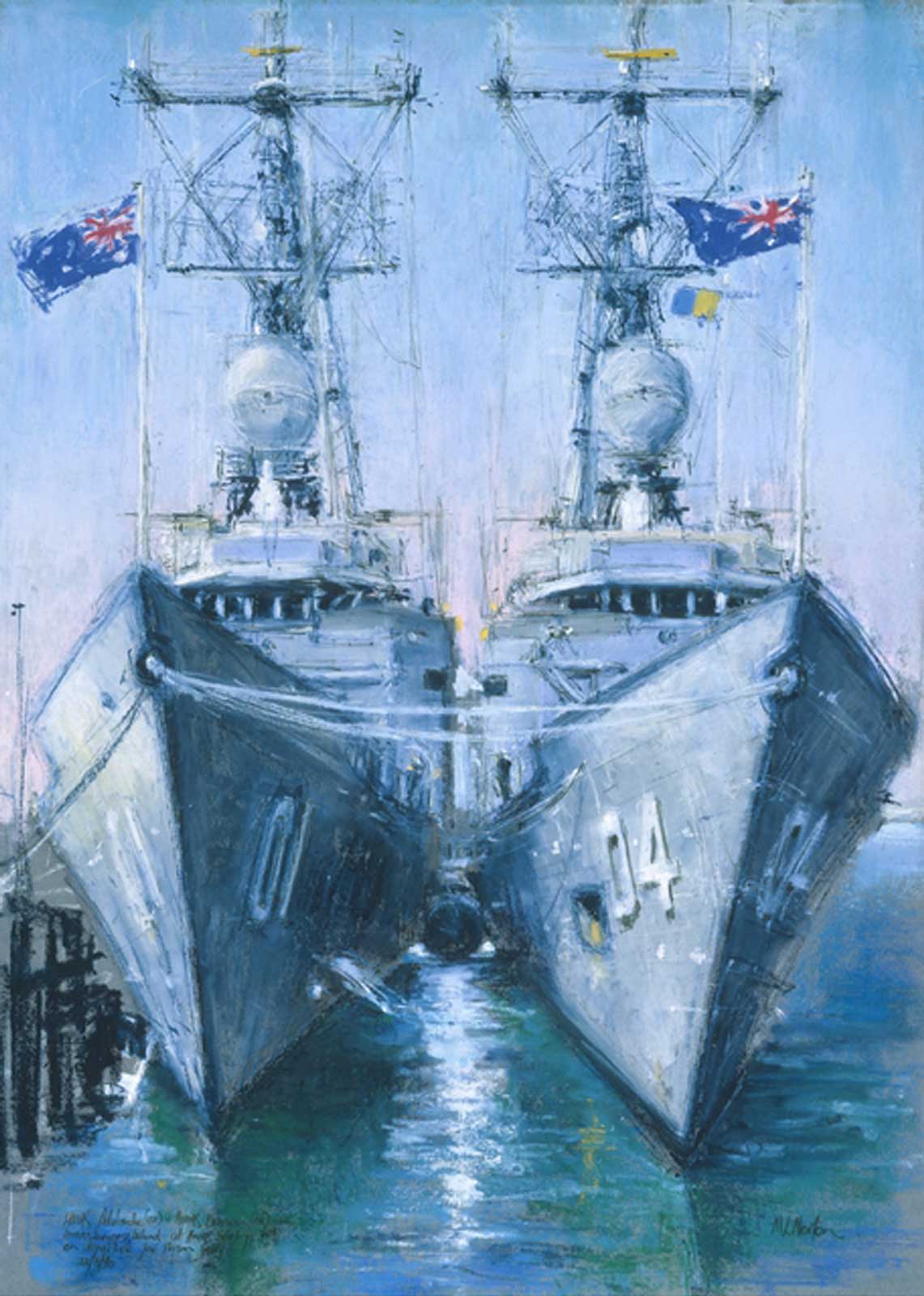
HMAS Adelaide (I) and HMAS Darwin (IV) at the base HMAS Stirling, WA, prior to departure for the Gulf 22.08.90
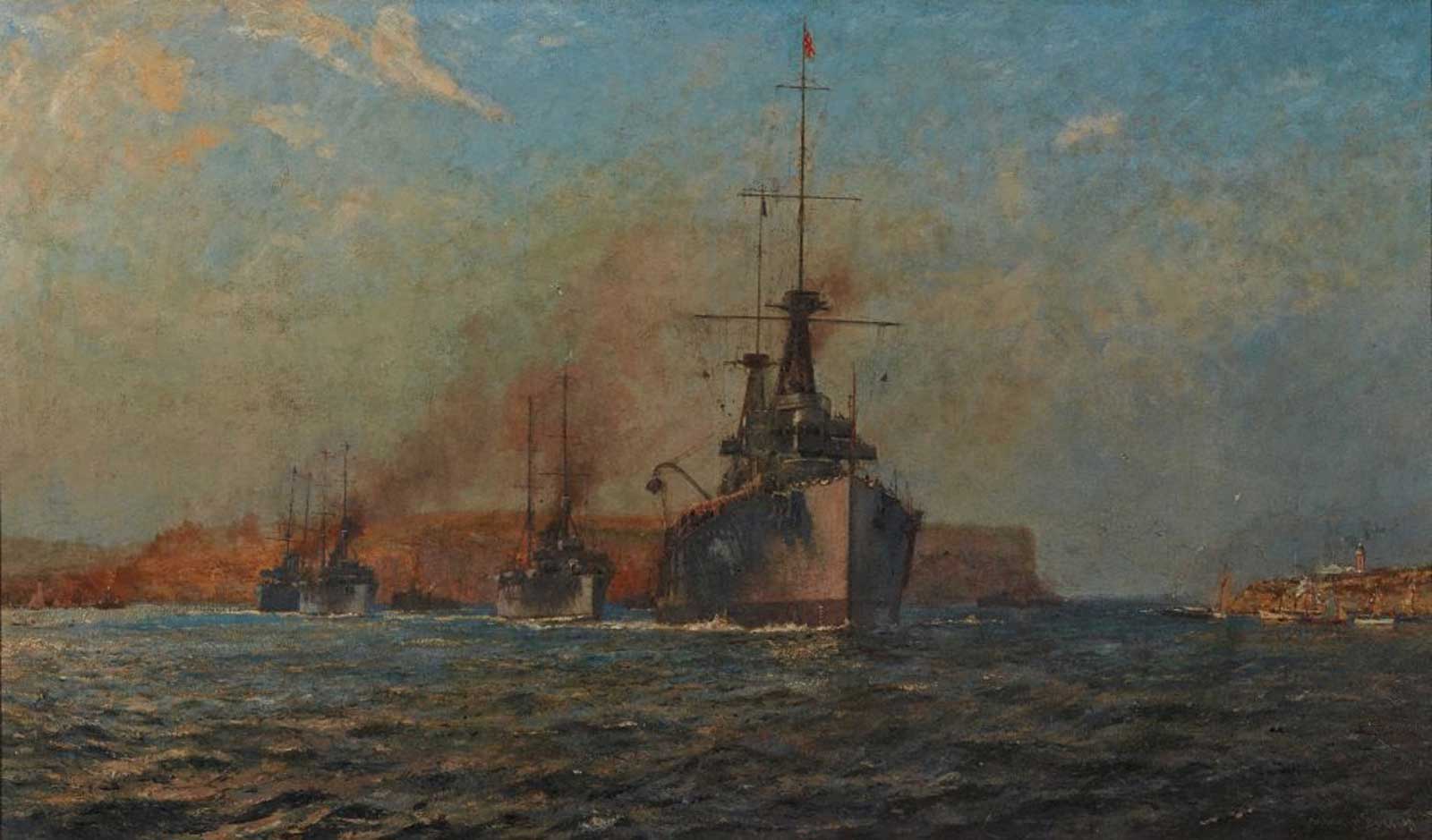
First Australian Fleet-unit 1914
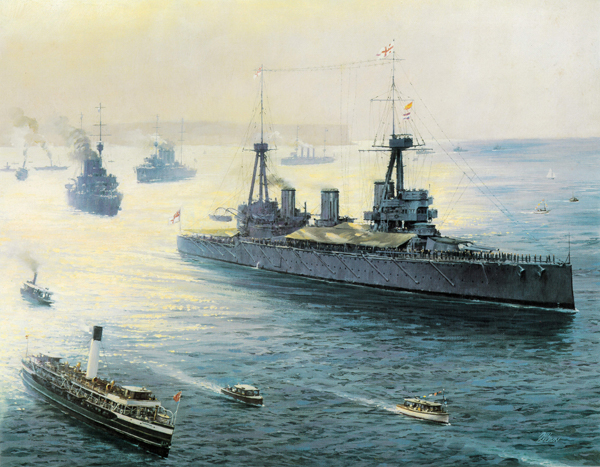
First Fleet Entry 1913
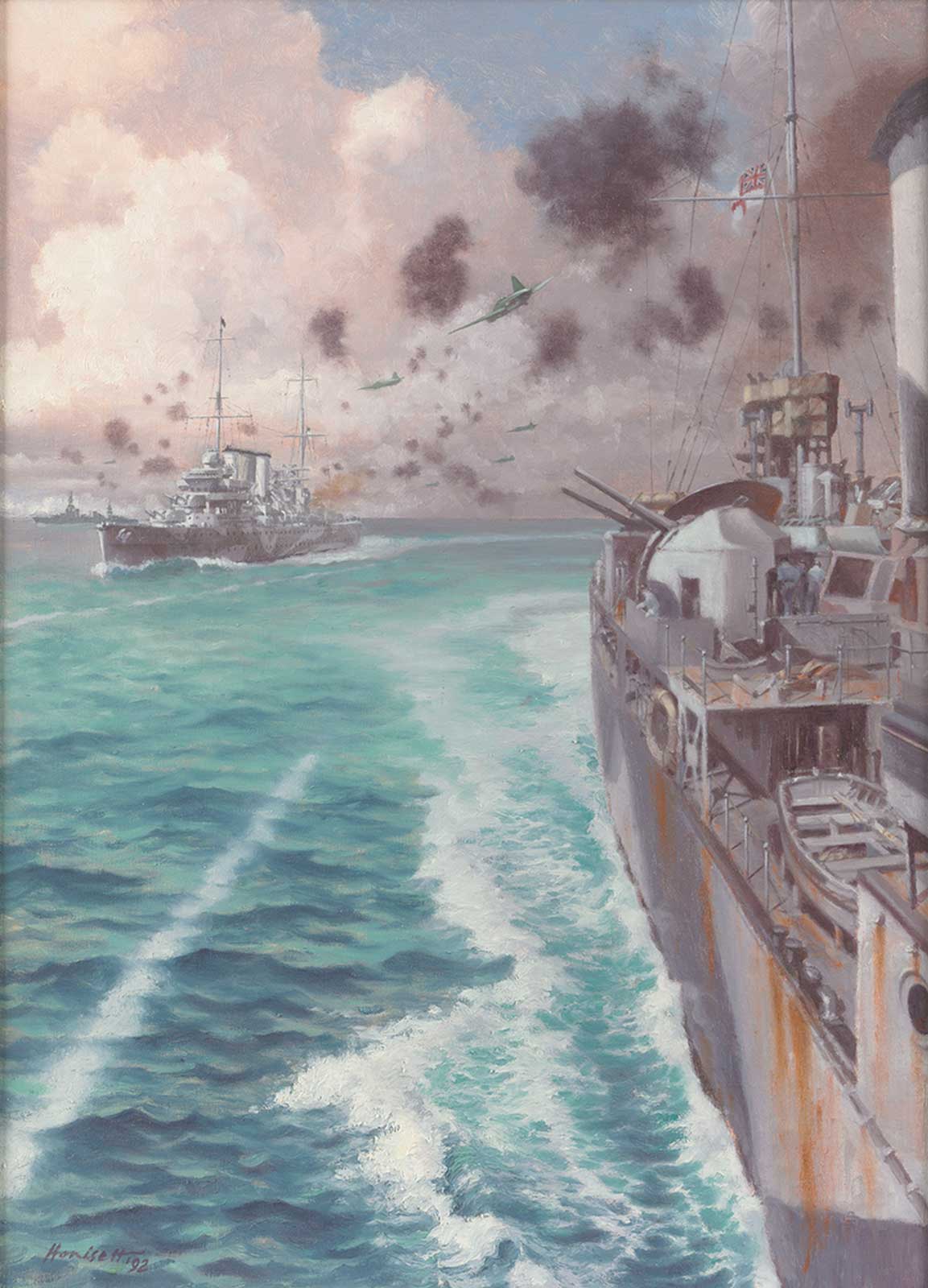
Bombing of Naval Convoy, Mediterranean, 1942

A Gallant Failure Attack on Scharnhorst 1940
